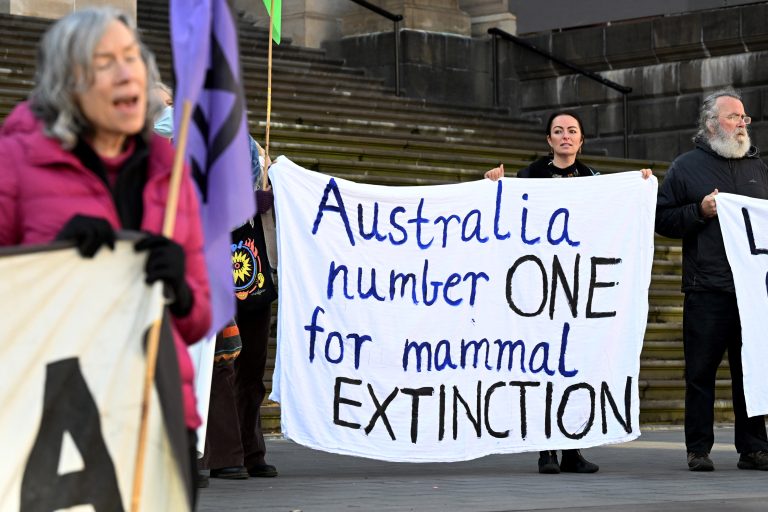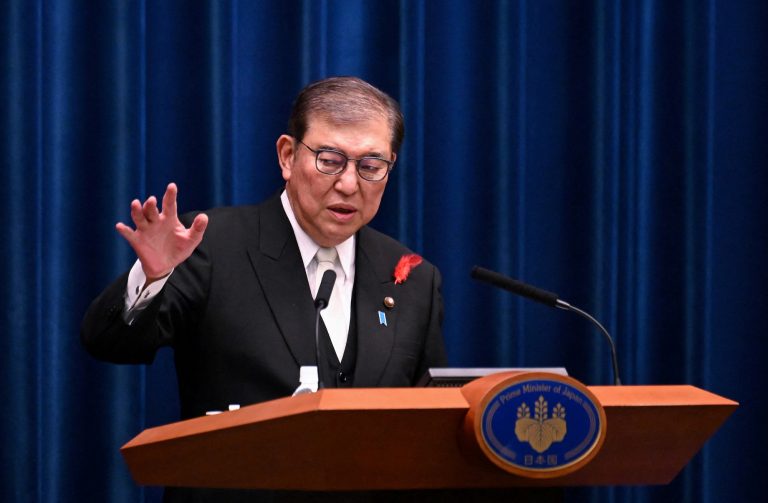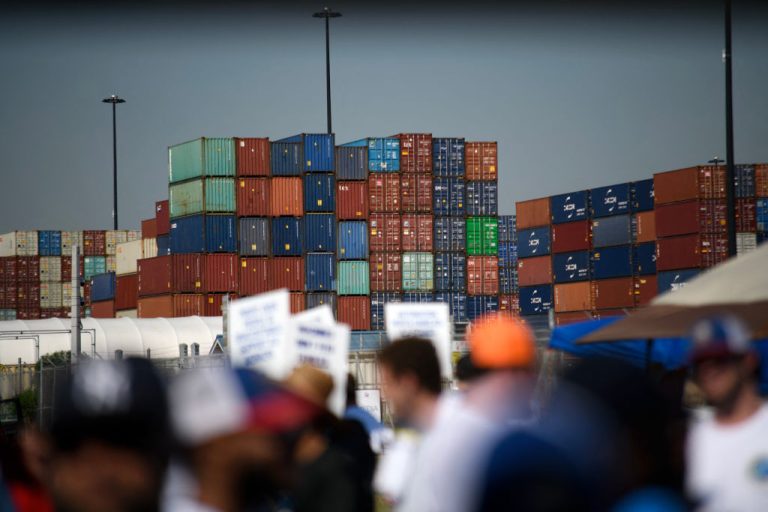On July 19, a report was released by the Australian Labor government that indicates that the country’s environment is in a “poor” state. While the government places the blame squarely on the Coalition party, several environmental factors are also playing a role in Australia’s declining environment.
Environmental evaluation
The 2021 State of the Environment Report — originally sent to the previous Liberal-National government in December 2021 — reveals the declining state of Australia’s natural environment. This report is usually drafted and released every five years however, it was held back due to the timing of the federal election.
The Australian Minister for the Environment, Tanya Plibersek, said the findings were “shocking,” adding that the report’s findings are “a story of crisis and decline.”
The report explores several changes to Australia’s ecosystems over the past five years.
The report declared a total of 202 animal and plant species “threatened”, adding to the 175 species placed on the list between 2011 and 2016. Despite some species being supported by governmental efforts, it’s reported that many others are not improving.
Success
You are now signed up for our newsletter
Success
Check your email to complete sign up
The 2019-2020 bushfires that killed or displaced between 1 billion and 3 billion animals made the situation even worse.
Moreover, the report detailed how Australia has lost more mammal species than any other continent, in addition to having one of the highest rates of species decline. More than 100 species have been declared “extinct or extinct in the wild.”
The report pins the blame on invasive species and habitat destruction for the decline in population or extinction of these species. The continent now has more non-native plant species than local ones, despite hundreds of billions of dollars being spent over half a century trying to control invasive species and the subsequent diseases they can introduce into the environment.
The report found that almost half the country has been cultivated for grazing and farming, with more than 6.1 million hectares of forest cleared since 1990. In the five years leading up to 2019, 290,000 hectares of primary forest and 343,000 hectares of regrown forest were cleared.
In water-related matters, the Murray-Darling Basin, one of the country’s most essential river basins, saw low water levels in 2019.
Marine heatwaves and ocean acidification resulted in mass coral bleaching in the Great Barrier Reef in 2016, 2017 and 2020, and there was another mass bleaching event in March 2022 right after the report was finished. Rising sea levels have affected many low-lying coastal areas, like the Kakadu wetlands in the Northern Territory.
The report also saw, for the first time, an Indigenous lead writer, Terri Janke, focusing on the effects on Indigenous heritage, which has been degraded. Parts of the Juukan Gorge were blown up in 2020 to make room for mining giant Rio Tinto to mine for iron ore.
Urbanization is also said to be increasing urban heat and pollution, affecting water and energy resources.
READ MORE:
- Australia in Crisis: Skyrocketing Energy Costs and Looming Gas and Power Shortages Grip the Continent
- The Government Caused New Mexico and North America’s Current Largest Wildfire, Agency Admits
- Wildfire Threatens Large South Korean Nuclear Plant
The blame game
Due to the delay in the report’s release, the Labor government blamed the previous Coalition government for the environmental disaster.
“Sussan Ley [environment minister for the Coalition] chose to keep it hidden, locked away until after the election… When you read it, you’ll know why. But Australians deserve the truth,” Plibersek told the National Press Club after the report’s release.
However, state and territory governments are also responsible for the state of the environment, with the Labor-controlled states of Queensland and Western Australia known to be prominent mining states.
Plibersek told the ABC on Tuesday that environmental laws were insufficient, and that authorities did not have the required data to address the problem.
“If we stick with what we’re doing now we’ll keep getting the same results,” she said.
As such, Plibersek said changes to the laws are to be expected, including the creation of the Environment Protection Agency.
“This is an emergency and in an emergency you take emergency action,” Sarah Hanson-Young, environmental spokesperson for the independent Green party said.
“Under Labor the environment is back on the priority list,” Plibersek said.
The report said that “courage and leadership” was needed to combat the declines and strengthen the country’s resolve to save the environment.
Plibersek announced that the Labor government plans to set a target to protect 30 percent of Australia’s land areas by 2030. New environmental protection legislation for 2023 is also planned for development.







